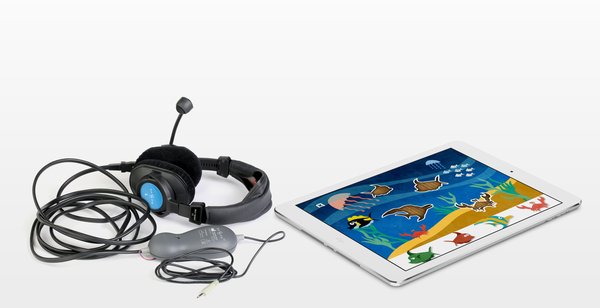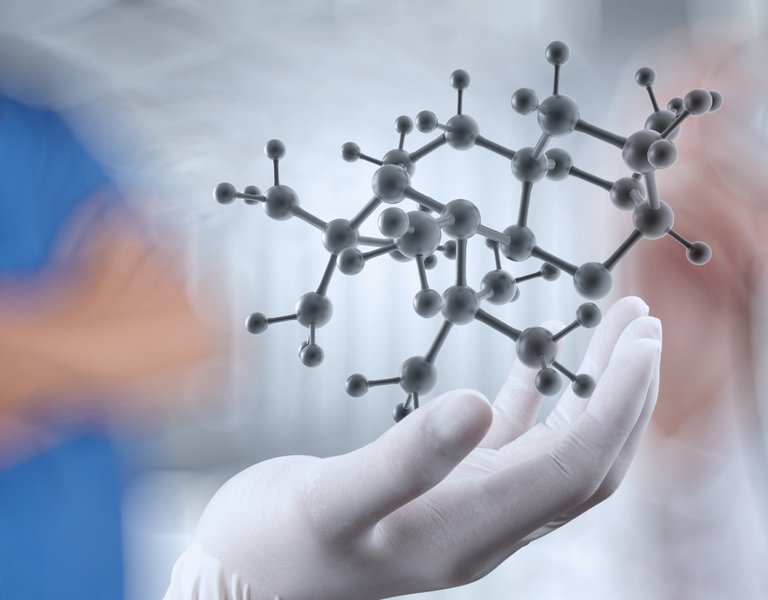Polish product of the future
New drugs developed and produced in the National Centre for Nuclear Research won the competition "Polish Product of the Future" 2014. Their use in nuclear medicine will contribute to a more effective cancer therapy.
ItraPol and Lutapol isotope preparations used for production of drugs in cancer treatment were awarded at the end of 2014 in the annual competition "Polish Product of the Future" organized by the Polish Agency for Enterprise Development (PARP). The goal of the Agency is to identify innovations, by which Poland will be able to compete on the global market in the near future.
"New drugs are precise killers, very dangerous for particular types of cancer cells, still completely safe for a patient. It is an example of using ionizing radiation to protect human health,” says Renata Mikołajczak, the deputy of NCBJ Director for scientific matters. ItraPol and LutaPol isotope preparations destroy cancer cells by ionizing radiation emitted in appropriate doses.
 Scientists from the National Centre for Nuclear Research (NCBJ) proved that radioactive isotopes are extremely effective in treatment of tumours when combined with active substances (such as proteins). They have been produced so far on a small scale in a research nuclear reactor called "Maria", (named after the Polish Nobel Prize winner in chemistry - Marie Sklodowska-Curie), the only one in Poland. First batches of these drugs are already used in Polish oncological hospitals to fight with disseminated neuroendocrine tumours, for which current treatments have not yielded satisfactory results. Implementation of these preparations for production in a research nuclear reactor is an achievement at a global scale.
Scientists from the National Centre for Nuclear Research (NCBJ) proved that radioactive isotopes are extremely effective in treatment of tumours when combined with active substances (such as proteins). They have been produced so far on a small scale in a research nuclear reactor called "Maria", (named after the Polish Nobel Prize winner in chemistry - Marie Sklodowska-Curie), the only one in Poland. First batches of these drugs are already used in Polish oncological hospitals to fight with disseminated neuroendocrine tumours, for which current treatments have not yielded satisfactory results. Implementation of these preparations for production in a research nuclear reactor is an achievement at a global scale.
These drugs precisely reach cancer cells while the most important problem for scientists working on cancer therapy is to provide a drug substance directly into the affected place. During development of ItraPol and LutaPol, the scientists used the knowledge that a particular type of cancer cells (for example, neuroendocrine tumours) produces a particular type of receptors, through which it binds hormones and proteins naturally produced in the body, from the bloodstream. It turns out that it is possible to design molecules, which upon introduction into the body are detected and attracted by the cancer cells.
“To achieve this, we had to combine a radiopharmaceutical precursor with a carrier molecule - protein, which could further provide the isotope into a relevant, pathologically altered site in the body of a patient,” explains Professor Mikołajczak. This is particularly important in cases where cancer cells are spread throughout a patient's body.
LutaPol and ItraPol drugs have been manufactured in NCBJ Świerk since 2013 on an industrial scale, and their production is to cover the domestic demand completely. It is planned that at least 50 per cent of the produced drugs will be exported.
ALEKSANDRA STANISŁAWSKA

Awarded Polish innovations
"Polish Product of the Future" award in 2014 also received a device called Multi-Sensory Perception Simulator (SPPS), developed by the Centre for Hearing and Speech in Kajetany. This complex name conceals an equipment (including a multimedia panel and headphones) and software aimed to treat disorders of verbal communication such as dyslalia, dyslexia, stuttering and learning difficulties or attention deficit disorders.
“Stimulator work in a complex manner for all the senses, supporting learning, communication and social development, “ says Zdzislaw M. Kurkowski, Ph.D., the project manager.
Using this device from a child’s viewpoint resembles playing an educational game, while its software allows you to select an appropriate therapeutic algorithm for the needs of a specific patient. This equipment can be used, among others, in psychological and pedagogical care, speech therapy, rehabilitation clinics or facilities specialised in the developmental support.
The third winner of the "Polish Product of the Future" award is a plasticiser developed by the Institute of Heavy Organic Synthesis ‘Blachownia’ in Kędzierzyn-Koźle in a cooperation with the Grupą Azoty Nitrogen Plant ‘Kędzierzyn’. This plasticiser is used in the manufacturing of plastics, paints and varnishes, as well as in floor and wall coverings and toys for children.
21.01.2015







